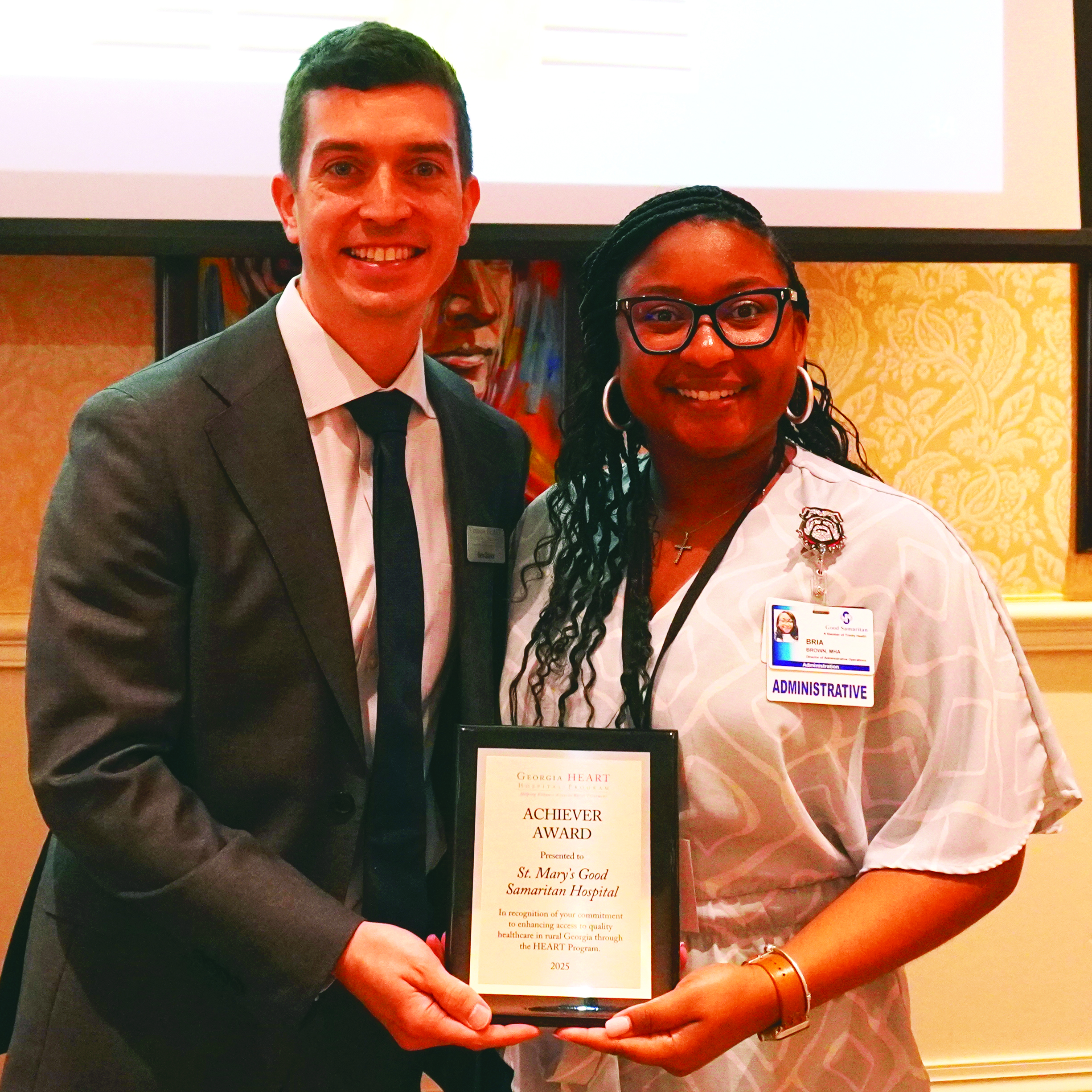Shoulder pain and rotator cuff injuries
Published 1:45 pm Thursday, February 7, 2013
Rotator cuff injuries are a common cause of shoulder pain. Being that we depend on the shoulder for a variety of sports, as well as everyday activities, these injuries can be particularly frustrating.
The rotator cuff is made up of four muscles that connect the upper arm bone (humerous) with the shoulder blade, and also helps move and stabilize the shoulder joint. Individually these muscles work to move the arm in more specific movements. The main movements the rotator cuff muscles participate in is elevating and rotating the arm.
There are several different ways the rotator cuff can become irritated or damaged. Some of the more common injuries include:
- Acute Rotator Cuff Tear- A tear of one of the rotator cuff muscles that results from a traumatic injury such as falling on an outstretched arm, a sudden pulling motion, or a hard pitch or throw. This injury typically involves a sudden tearing, or popping feeling, in the shoulder followed by severe pain. If the tear is severe enough, there may also be limited range of motion.
- Chronic Rotator Cuff Tear- This type of tear develops over an extended period of time. It will also cause pain and, if severe enough, will limit shoulder movement. This type of a tear will usually develop from something called impingement syndrome.
- Impingement Syndrome- Impingement Syndrome, also called Swimmer’s or Thrower’s Shoulder, happens when the rotator cuff muscles are pinched between two bones. Many times this occurs after years of participation in activities such as baseball, tennis and golf. If the shoulder’s range of motion is restricted and the bones are not properly aligned to allow enough room for the muscle tendons to freely pass through the bones, then impingement can occur. Pain will usually develop over time and, if left untreated, can eventually lead to a tear in the muscle (Chronic Rotator Cuff Tear).
Rotator cuff injuries are most common in people over the age of 40, as well as athletes who regularly use repetitive motions (golf, tennis, baseball, etc.). Additionally, individuals at increased risk for rotator cuff injuries include those with weak shoulder muscles or those with poor posture (a forward-shoulder posture can cause muscle or tendon irritation when throwing or overhead activities are performed).
About half of the time, a rotator cuff injury can heal with self-care measures, such as ice and rest, or exercise therapy. If a minor rotator cuff injury can be isolated to a specific rotator cuff muscle, then strengthening of that muscle and stretching of the reciprocal muscles can greatly help with movement and pain management. Surgery may be necessary for serious cases.
Even if you are not dealing with a rotator cuff injury, one of the best forms of prevention is strengthening the shoulder muscles. Many rotator cuff exercises are easily done at home with a resistance band. An example of one of these exercises is to attach a resistance band to a doorknob or other stationary object. Stand 90 degrees to the door and grab the band or tubing with the hand farthest away from the door (see picture). Now keeping the elbow at your side, rotate the arm outward away from your body. Be sure to keep the forearm parallel to the floor. It is best so start out slow with two or three sets doing 8-10 reps each, eventually working up to three sets of 15-20.
If you are interested in receiving more information on other rotator cuff exercises or treatment options, please email us at pathwaysth@gmail.com. Remember if the exercises cause pain that is more severe than normal muscle soreness, you probably need to be examined by a healthcare professional to determine the severity of the injury and treatment options. Shoulder pain should never be ignored, and early diagnosis and treatment is often the best way to prevent long-term problems.
Dr. Justin Lance can be reached at Pathways to Healing, (706) 454-2040.



